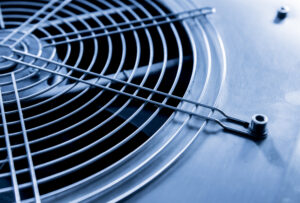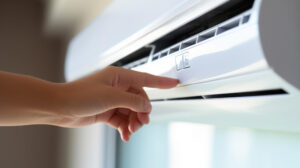
Why Does My Inverter Cool System Short Cycle?
Inverter cool systems offer an excellent way to keep homes in Plant City comfortable, with advanced technology that enables efficient temperature regulation. However, one issue homeowners may encounter is short cycling. This problem leads to the system turning on and off rapidly, which can disrupt the comfort and efficiency of




